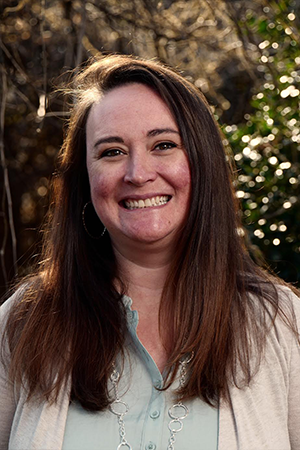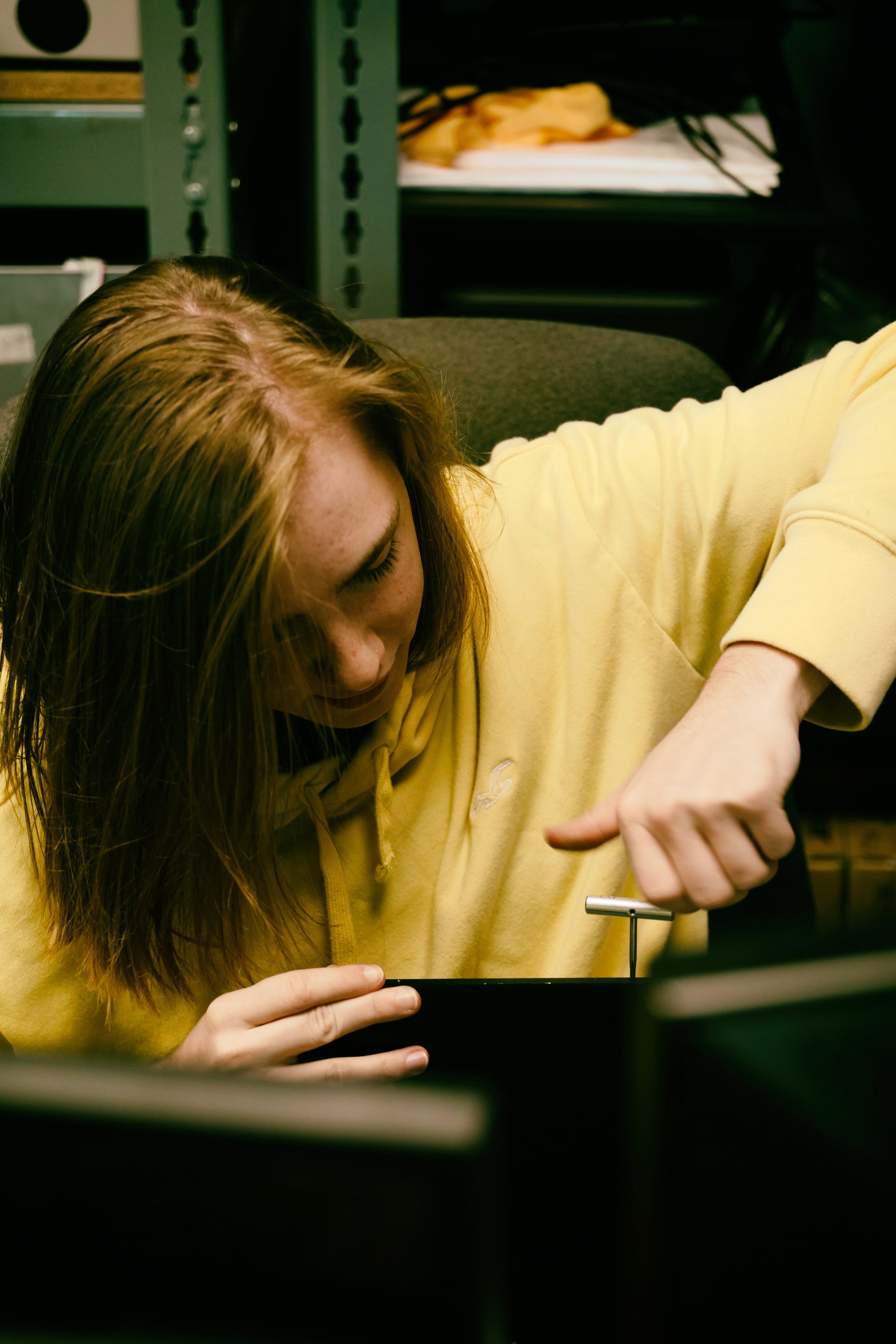Uv/vis for Beginners
Uv/vis for Beginners
Blog Article
Little Known Questions About Spectrophotometers.
Table of ContentsLittle Known Questions About Spectrophotometers.Circularly Polarized Luminescence Things To Know Before You Get ThisThe Circularly Polarized Luminescence StatementsExcitement About Uv/visSpectrophotometers for DummiesLittle Known Facts About Uv/vis/nir.Circular Dichroism for BeginnersThe 20-Second Trick For SpectrophotometersNot known Factual Statements About Circular Dichroism How Spectrophotometers can Save You Time, Stress, and Money.How Circularly Polarized Luminescence can Save You Time, Stress, and Money.Some Known Details About Spectrophotometers The 20-Second Trick For Circularly Polarized Luminescence
It is then scanned through the sample and the recommendation solutions. Portions of the event wavelengths are transmitted through, or shown from, the sample and the referral. Electronic circuits transform the relative currents into linear transmission portions and/or absorbance/concentration values.The transmission of a referral substance is set as a standard (datum) worth, so the transmission of all other substances are tape-recorded relative to the initial "zeroed" compound. The spectrophotometer then converts the transmission ratio into 'absorbency', the concentration of specific components of the test sample relative to the preliminary compound.
Considering that samples in these applications are not easily available in big amounts, they are particularly matched to being evaluated in this non-destructive strategy. In addition, precious sample can be conserved by utilizing a micro-volume platform where as low as 1u, L of sample is required for total analyses. A brief description of the treatment of spectrophotometry includes comparing the absorbency of a blank sample that does not include a colored compound to a sample that consists of a colored compound.
Uv/vis for Dummies
In biochemical experiments, a chemical and/or physical home is selected and the treatment that is utilized is particular to that property in order to obtain more info about the sample, such as the quantity, pureness, enzyme activity, etc. Spectrophotometry can be used for a variety of techniques such as identifying optimal wavelength absorbance of samples, identifying optimal p, H for absorbance of samples, identifying concentrations of unidentified samples, and determining the p, Ka of different samples.: 21119 Spectrophotometry is likewise a handy process for protein filtration and can also be used as an approach to develop optical assays of a compound.
It is possible to know the concentrations of a two component mix utilizing the absorption spectra of the standard services of each part. To do this, it is necessary to know the termination coefficient of this mixture at 2 wave lengths and the termination coefficients of options which contain the recognized weights of the 2 parts.

The Basic Principles Of Spectrophotometers
Most spectrophotometers are used in the UV and noticeable areas of the spectrum, and a few of these instruments also operate into the near-infrared Region. The concentration of a protein can be estimated by determining the OD at 280 nm due to the existence of tryptophan, tyrosine and phenylalanine (https://www.callupcontact.com/b/businessprofile/Olis_Clarity/8903776).
This method needs a spectrophotometer capable of determining in the UV region with quartz cuvettes.: 135 Ultraviolet-visible (UV-vis) spectroscopy includes energy levels that thrill electronic transitions. Absorption of UV-vis light delights particles that are in ground-states to their excited-states.
These curves can be used to evaluate a brand-new batch of colorant to examine if it makes a match to specifications, e
Traditional visible region spectrophotometers can not detect if identify colorant or the base material has product. This can make it challenging to manage color problems if for example one or more of the printing inks is fluorescent. There are two major setups for visual spectrum spectrophotometers, d/8 (spherical) and 0/45.
Researchers utilize this instrument to determine the amount of substances in a sample. If the substance is more focused more light will be soaked up by the sample; within little varieties, the Beer, Lambert law holds and the absorbance in between samples differ with concentration linearly. When it comes to printing measurements 2 alternative settings are frequently utilized- without/with uv filter to manage much better the effect of uv brighteners within the paper stock.
Rumored Buzz on Uv/vis/nir
Some applications need small volume measurements which can be performed with micro-volume platforms. As described in the applications section, spectrophotometry can be utilized in both qualitative and quantitative analysis of DNA, RNA, and proteins. Qualitative analysis can be utilized and spectrophotometers are utilized to tape spectra of compounds by scanning broad wavelength regions to identify the absorbance homes (the intensity of the color) of the compound at each wavelength.

The Basic Principles Of Circularly Polarized Luminescence
One major element is the type of photosensors that are readily available for different spectral regions, but infrared measurement is likewise challenging because practically whatever produces IR as thermal radiation, especially at wavelengths beyond about 5 m. Another issue is that numerous products such as glass and plastic take in infrared, making it incompatible as an optical medium.
Retrieved Dec 23, 2018. Basic Lab Techniques for Biochemistry and Biotechnology (Second ed.). The important guide to analytical chemistry.
Oke, J. B.; Gunn, J. E.
What Does Circularly Polarized Luminescence Do?

Ninfa AJ, Ballou DP, Benore M (2015 ). Fundamental Laboratory Techniques for Biochemistry and Biotechnology (3, rev. ed.). UV/Vis. Lab Devices.
Rumored Buzz on Uv/vis
Recovered Jul 4, 2018. Trumbo, Toni A.; Schultz, Emeric; Borland, Michael G.; Pugh, Michael Eugene (April 27, 2013). "Applied Spectrophotometry: Analysis of a Biochemical Mix". Biochemistry and Molecular Biology Education. 41 (4 ): 24250. doi:10. 1002/bmb. 20694. PMID 23625877. (PDF). www. mt.com. Mettler-Toledo AG, Analytical. 2016. Recovered Dec 23, 2018. Cortez, C.; Szepaniuk, A.; Gomes da Silva, L.
"Checking Out Proteins Filtration Methods Animations as Tools for the Biochemistry Teaching". Journal of Biochemistry Education. 8 (2 ): 12. doi:. Garrett RH, Grisham CM (2013 ). Biochemistry. Belmont, CA: Cengage. p. 106. ISBN 978-1133106296. OCLC 801650341. Holiday, Ensor Roslyn (May 27, 1936). "Spectrophotometry of proteins". Biochemical Journal. 30 (10 ): 17951803. doi:10. 1042/bj0301795.
PMID 16746224. Hermannsson, Ptur G.; Vannahme, Christoph; Smith, Cameron L. C.; Srensen, Kristian T.; Kristensen, Anders (2015 ). "Refractive index dispersion noticing using a range of photonic crystal resonant reflectors". Applied Physics Letters. 107 (6 ): 061101. Bibcode:2015 Ap, Ph, L. 107f1101H. doi:10. 1063/1. 4928548. S2CID 62897708. Mavrodineanu R, Schultz JI, Menis O, eds.
About Spectrophotometers
U.S. Department of Commerce National Bureau of Standards special publication; 378. Washington, D.C.: U.S. National Bureau of Standards. p. 2. OCLC 920079.
The process starts with a regulated light that brightens the analyzed sample. When it comes to reflection, as this light communicates with the sample, some is soaked up or emitted. The produced light journeys to the detector, which is evaluated, quantified, and presented as industry-standard color scales and indices.
All terms are examined over the visible spectrum from 400 to 700 nm. In the case of transmission, when the light communicates with the sample, it is either absorbed, shown, or transmitted.
The smart Trick of Circular Dichroism That Nobody is Talking About
Examples consist of APHA (American Public Health Association) for watercolor and purity analysis, ASTM D1500 for petrochemical color analysis, edible oil indices used in food, and color analyses of beverages. The streamlined math looks like this:. Where T is the transmission coefficient. All terms are assessed over the noticeable spectrum from 400 to 700 nm.
Image Credit: Matej Kastelic/ Dr. Arnold J. Beckman and his colleagues at the National Technologies Laboratories initially created the spectrophotometer in 1940. In 1935 Beckman founded the company, and the discovery of the spectrophotometer was their most ground-breaking invention.
The Uv/vis Ideas
Over time, researchers kept improving the spectrophotometer design to enhance its efficiency. The UV abilities of the model B spectrophotometer were enhanced by replacing the glass prism with a quartz prism.
Usually, a spectrophotometer is made up of two instruments, specifically, a spectrometer and a photometer. A standard spectrophotometer contains a light source, a monochromator, a collimator for straight light beam transmission, a cuvette to position a sample, and a photoelectric detector.
Uv/vis Things To Know Before You Buy
There are different kinds of spectrophotometers in various sizes and shapes, each with its own purpose or performance. A spectrophotometer determines just how much light is reflected by chemical elements. UV/Vis. It measures the distinction in light intensity based on the overall that site amount of light presented to a sample and the amount of light beam that travels through the sample solution
A spectrophotometer is used to identify the concentration of both colorless and colored solutes in a service. This instrument is utilized to determine the rate of a reaction.
Report this page